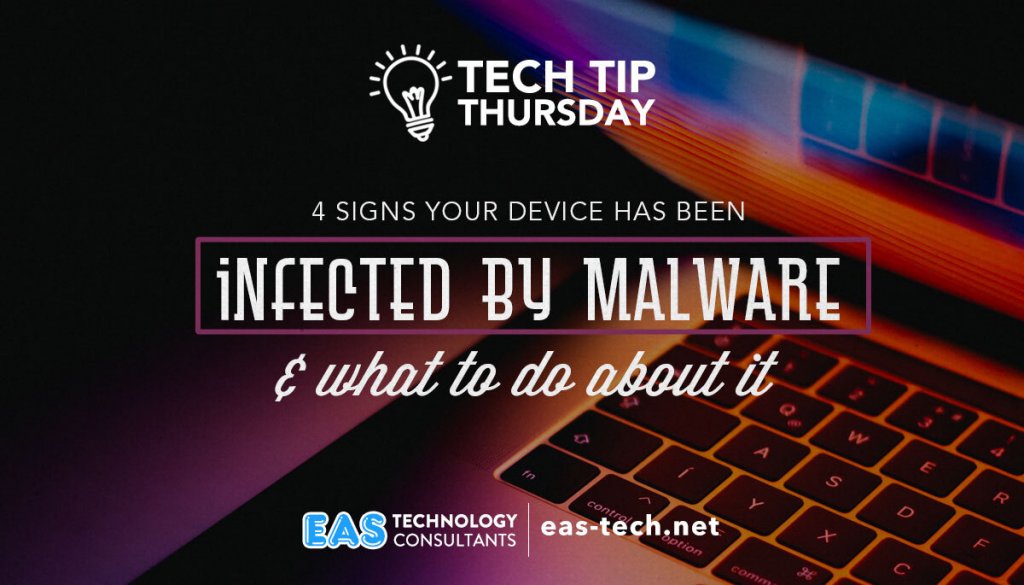
It’s often said that the best way to deal with a problem is to be prepared for it before it happens. This is especially true when it comes to device security. In this blog post, we will discuss some of the signs that a device has been infected by malware. If you experience any of these issues, please take action immediately!
Performance Problems
Are you noticing your device is slower than normal or is crashing frequently? This is a sign that malware may be taking up CPU or memory resources, which can cause your device to run slowly or even crash.
Unexpected Ads
Are you seeing strange pop-up ads on your device? This could be a sign of an adware infection. Adware is a type of malware that displays unwanted advertisements on your device.
Strange Device Behavior
Are your files disappearing or being moved around without your permission? Is your device suddenly turning itself off or restarting for no reason? These are all signs that something may be wrong and that your device may have been infected by malware.
You may also see some other oddities, such as:
- Weird new toolbars or apps that you can’t delete
- Unwanted changes to homepages, home screens, and settings
- Unexplained search history results
Suspicious messages or emails that you didn’t send
If you suddenly get a response to an email or message that you know you didn’t sign, this is a sign that you may have been infected by malware. The best way to protect yourself from this type of attack is to always be aware of what emails and messages you’re sending out, and who they’re going to.
So, what can you do to be sure you’re dealing with the problem before it becomes a problem?
- Deploy Enterprise-Grade Endpoint Protection and Security – The advent of the Internet has allowed enterprise solutions to scale so they’re affordable to businesses of all sizes. Implementing enterprise-grade endpoint protection and security will help ensure that your devices are safe from malware infections, as well as other cybersecurity threats like phishing attacks or ransomware hacks.
- Download Updates Regularly – New malware is constantly being developed by criminals looking to make a buck off unsuspecting victims on the Internet. That’s why it’s so important to keep your devices’ operating systems and applications up-to-date, as they’ll typically get patched against new exploits or vulnerabilities.
- Deploy and Maintain Secure DNS and Use a VPN – A secure DNS service helps protect your devices from malicious websites and content. There are many options available to choose from, including OpenDNS or Google Public DNS. You can also use a VPN (virtual private network) which will encrypt all traffic between your device and the Internet, making it much more difficult for criminals to intercept data.
- Run Regular Scans – One of the best ways to deal with malware infections is to be proactive and scan your devices regularly for signs of infection and pay attention to alerts as they come in; one missed alert at the wrong time could mean disaster.
Need help securing your devices? We’re ready to help. Contact us today and we can provide a comprehensive security plan for your organization.
